9 measures you need to know to adapt and mitigate the effects of climate change effectively


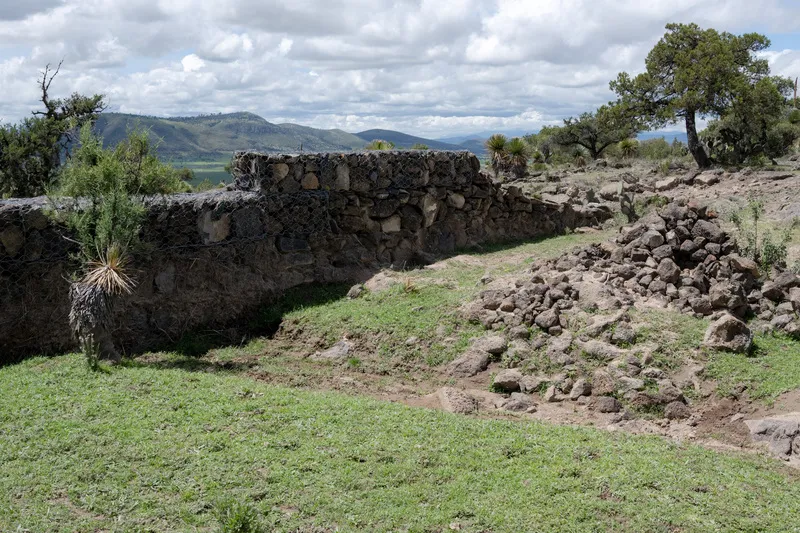
As we well know, human activities such as agriculture, livestock and the consumption of fossil fuels, among many others, cause an increase in the concentration of greenhouse gases (GHGs) in the atmosphere. And what do these gases do and why does it seem that we are all talking about them? Its increased presence in the atmosphere generates an imbalance on our planet known as radiative forcing. This phenomenon, although it sounds very extravagant, can be easily defined, since it only involves the difference between the energy of the Sun absorbed by the Earth and the energy that is radiated back into space. In plain terms, the increase in the concentration of GHGs causes an increase in temperature on Earth, known as Global Warming. This, in turn, causes serious and accelerated changes in the climate, which harm nature and therefore the human being. This is known as climate change.
These two terms, global warming and climate change, are commonly used synonymously, but are they really? Actually, no. As mentioned in the previous paragraph, global warming refers to the long-term warming of the Earth's surface caused by human activities by increasing the concentration of GHGs in the atmosphere. On the other hand, climate change refers to changes in weather patterns on Earth, which can be natural (such as glacial and interglacial periods) or induced by humans. These patterns define local, regional and global climates. These are reflected in a wide variety of effects such as hurricanes, cyclones, other meteorological phenomena, rising sea levels, droughts, heat waves, floods, and other situations. Moreover, as a result of its wide variety, climate change also encompasses various dimensions that go beyond the natural one, with economic, social, political and ethical dimensions being equally relevant and urgent to address.
Climate change is here to stay and represents a very complex problem to face and resolve. Various scientific studies confirm that even If we stop the emission of GHGs completely, it would take hundreds to thousands of years for the Earth's temperature to return to its pre-industrial state (Zickfeld et al, 2013) which will continue to affect ecosystems and societies alike. The effects of climate change are clear and its consequences are inevitable. The habitats for many of the forms of life that inhabit the Earth, including humans, are changing at an accelerating rate and many species will not be able to adapt in time. This is causing mass extinctions all over the planet and human migrations of dimensions never seen before, which in turn exacerbate the problem, since nature-society interaction is cyclical in nature. This is why we live in a state of emergency. Unfortunately, despite the growing awareness surrounding this urgent crisis, emissions have continued to rise. It is urgent to develop and adopt measures for mitigation and adaptation to climate change.
What do we mean by mitigation and adaptation? Mitigation refers to reducing the impact of climate change by reducing and capturing GHG emissions. This can be done in different ways, such as by increasing the participation of renewable energy in energy production or other technological solutions; or by increasing carbon deposits, reforesting forests, jungles, grasslands or mangroves, restoring entire ecosystems, protecting them and preventing their degradation, as well as an endless number of nature-based solutions. The latter is important because it gives us a tool that allows us to compensate for emissions from industries that are difficult to decarbonize, such as the aviation industry, for example, or simply compensate for emissions that we cannot reduce. The success of mitigation measures can be measured by a methodological count of the concentration of carbon in the atmosphere, which makes it possible to calculate the amount of total emissions annually and compare them with those of previous years (Morecroft et al, 2019).
Adaptation, on the other hand, refers to the adaptation of current models to deal with the effects of climate change that are already present. This involves risks and opportunities to reduce vulnerability, and manage inevitable changes within societies and ecosystems, therefore, adaptation is more complex to measure since it involves social and environmental measures. In terms of biodiversity conservation, three approaches have been identified: ecological restoration, direct intervention to reduce the vulnerability of species and ecosystems, and the adjustment of environmental management and its objectives, that is, change the way in which natural resources are managed and the objectives of such management (Idem, 2019). To address the social dimension, on the other hand, we talk about ecosystem-based adaptation (ABe), which involves the use of biodiversity to help people adapt to climate change. An example of this is involving indigenous or native populations in the management of natural resources as opposed to isolating and alienating them from them, as has been a historically common practice.
It is important to highlight that in order to develop strategies that effectively combine sustainable development with adaptation and mitigation to climate change, these must be applied in local contexts, focused on the specific vulnerability of the communities present (Laukkonen). et al, 2009). That's why, the implementation of nature-based solutions has a particular value, since it has the capacity to integrate adaptation and mitigation, with benefits for humanity and biodiversity.
However - despite addressing the same problem - these two concepts, mitigation and adaptation, do not always go hand in hand, and this is due, in part, to the fact that in general mitigation tends to be proactive while adaptation is reactive. Therefore, applying both at the same time is a challenge that, under poor implementation, can be counterproductive. For example, reforestation programs can bring great benefits in terms of mitigation, adaptation and biodiversity, but if they are not properly designed and trees are planted in places where there were previously no forests, both carbon capture and biodiversity can be negatively impacted, which would exacerbate the effects of climate change (Bastin et al, 2019).
The battle against climate change is a long road and must be carried out on different fronts, so we decided to list nine measures to mitigate and adapt to climate change that go beyond the natural scientific arena, since the need to involve the social and economic aspects to solve this problem is imminent (Iberdrola, 2021).
El switching The most important is ideological.
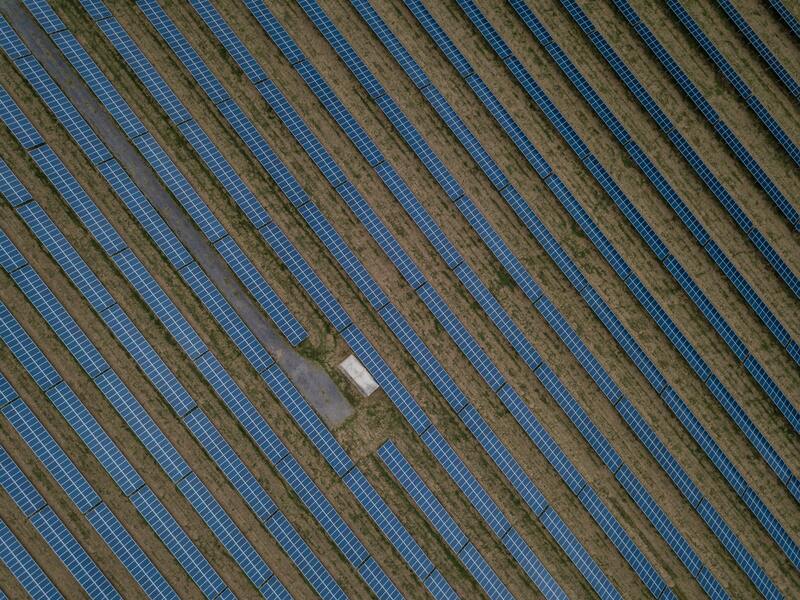
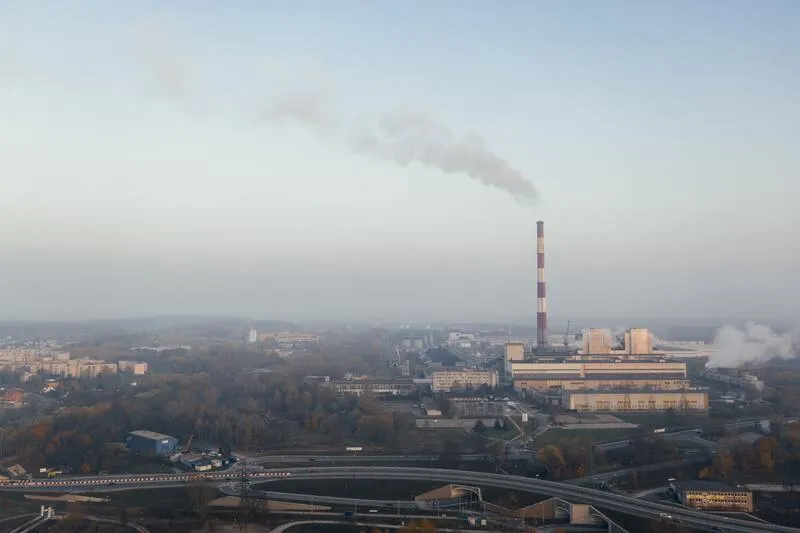

Gabion dam made inside a project that Toroto implemented for the purpose of retaining the soil.
Photo: Fernanda De Icaza.
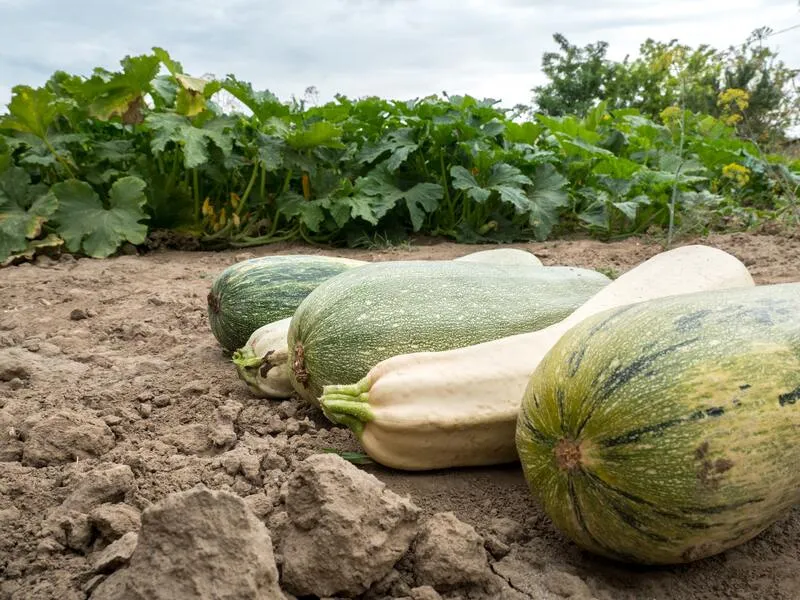

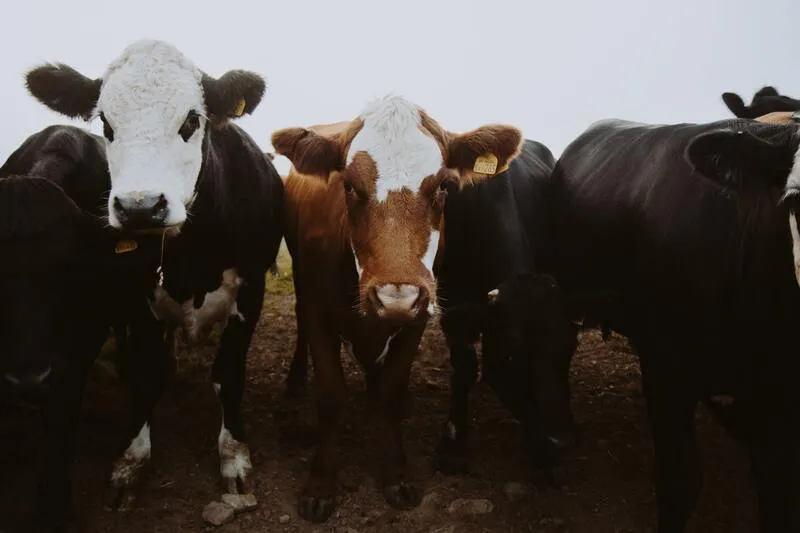
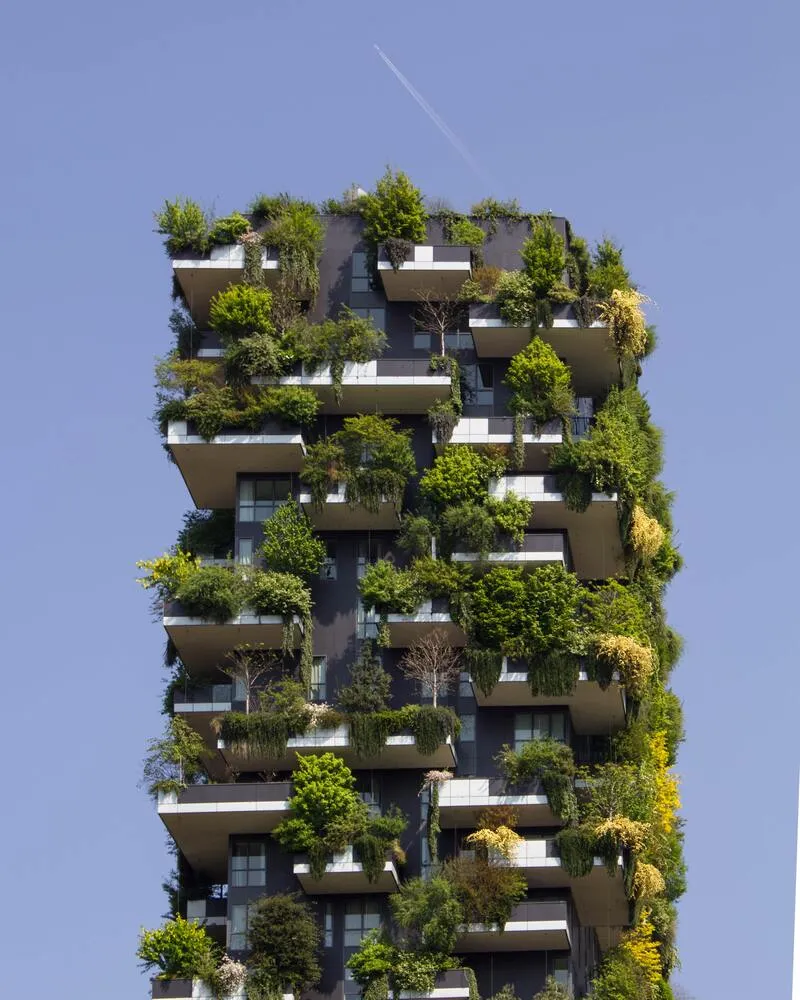

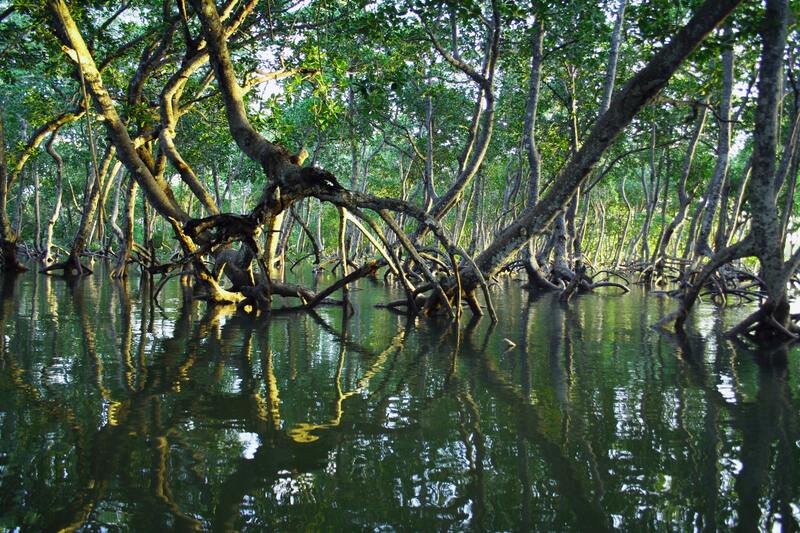
These are just a few useful strategies to mitigate and adapt to the adverse effects of climate change and prevent them from worsening in the future, however, it is necessary transform our relationship with nature; we must find balance points between the consumption of the resources we need to meet needs, and the conservation and protection of those same resources. Without hesitation, The most important change is ideological, bringing our way of life closer to one that is more environmentally friendly, where we see ourselves as part of a whole and not as an alien, superior entity with the right to decide over other forms of life.
Fortunately, we're not alone on the road, and this change is happening. There are many people and companies, including Toroto, interested in managing and promoting it, however, it is important to remember that a problem of this level needs a comprehensive response. Intersectoral union and cooperation are indispensable phenomena for achieving real change. In the second part of this two-article series, we will talk about the measures that are being taken worldwide, their impact and the forecast they have in store for us. Wait for her.
About the author:
Alejandro is a contributor to the Toroto blog. He is passionate about sustainability and social advocacy. He currently works as an independent consultant. He studied Industrial Engineering and is a Master in Energy and Environmental Sciences.
Explore reflections, research and field learning from our work in ecosystem restoration.